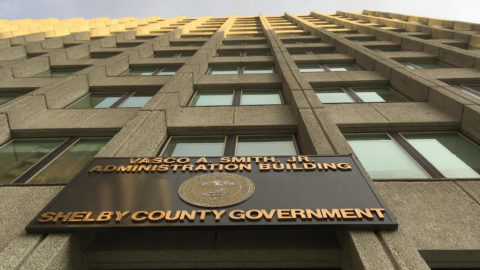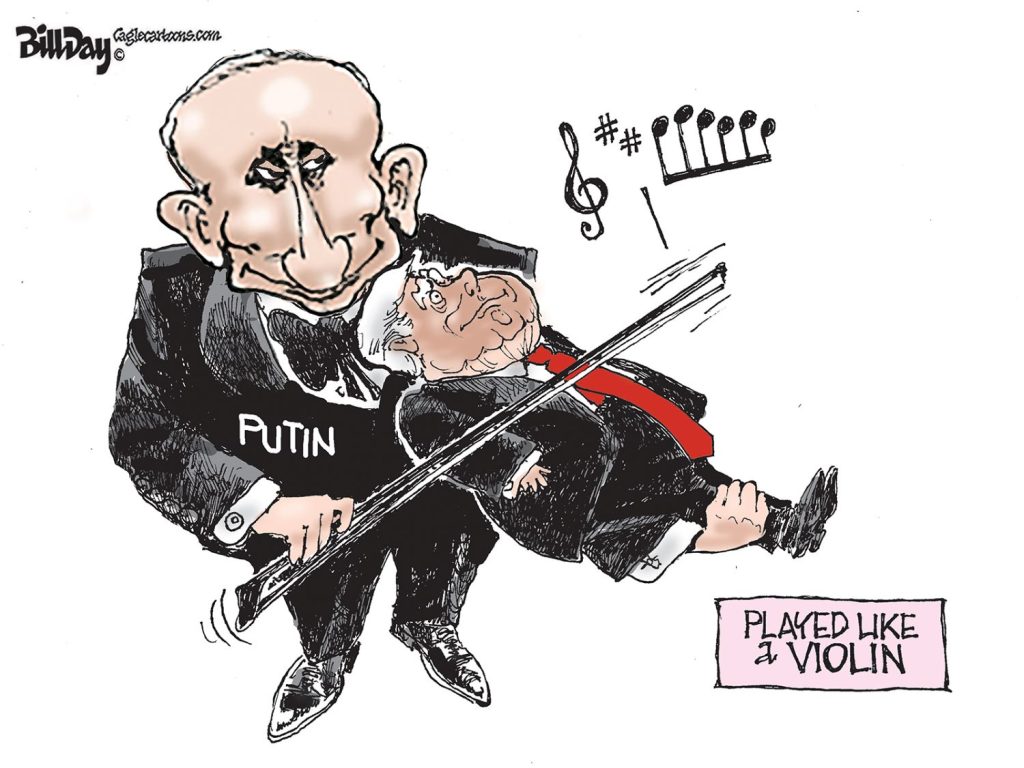It is hard to think of a case of amnesia more convenient than the one on display in Shelby County Government these days.
There, suburban commissioners are fighting an increase in the wheel tax to support public transit when that very tax exists in the first place because of the areas they represent.
When the wheel tax was created, county government was deferential to the needs of the towns and unincorporated parts of Shelby County. Although county government had been restructured in 1976 to have a mayor as its chief executive and a more urban sensibility, a decade later, it still tended look outside Memphis in assembling a budget and forming policies.
It was a time when the sprawl fueled by county government was still called “growth” in politicians and Chamber of Commerce talking points although it was clear that, if left unchecked, county government’s growing debt would take it to the brink of bankruptcy (which would happen in the 1990s.)
The Birth
In the mid-1980s, the town mayors, school board members, Chamber, homebuilders and developers, and others aggressively lobbied county officials for their regular wish list – money for schools and roads outside Memphis. They also thought county government could help stimulate the homebuilding industry that was showing signs of slowing.
More and more property taxes were being used to pay county government’s growing debt, but if a major bond issue could be supported by a specific tax source, it could reduce any risk to Shelby County’s bond rating. It also was crucial to the town mayors that the possibility of a property tax increase would be eliminated.
As a result, the wheel tax was born.
It wasn’t that other ideas weren’t considered, but they would require help from the state legislators, support from the Chamber or homebuilders for new “growth” fees, lawsuits for more state money, the town mayors opposed a property tax increase, and more.
From the menu of options, the wheel tax was chosen, and no one anticipated the pushback that was to come. After all, more than half of the counties in Tennessee – and almost every city in Shelby County – had one and they had not provoked outrage.
Just The Facts
There is no chapter in the history of local government cloaked in more misinformation, and mythology, than the wheel tax (just a few days ago, The Daily Memphian got its origins wrong).
Here are the basics:
* Final approval for the wheel tax was October 26, 1987, and it was to take effect January 1, 1988. It was earmarked to pay back $200 million in bonds issued over five years by county government. The tax was $25 on private automobiles, $10 on motorcycle, and $40 on commercial, business-owned, or leased vehicles.
* The $200 million in bonds would be used to drive the sprawl taking place as a result of the historic relocation of people from inside to outside Memphis. Of the total, there was $114 million for schools because the old Shelby County School District needed money for new schools; $35 million was to prop up the homebuilding industry in the green fields of Shelby County, and $21 million was for road projects outside Memphis. The wheel tax would also help pay the county’s growing debt if it exceeded revenue projections. $30 million was added for the county’s public hospital, The Med (today, Regional One Health).
* By the time the bonds were paid off, they had cost about $400 million in principal and interest.
Still Not Well-Funded Transit
Put simply, the Shelby County Wheel Tax was established to serve the interests of suburban Shelby County, which makes it ironic how the commissioners for those areas today are so outraged by the proposal for a $20 increase to produce $9 million for MATA and a few million dollars more for the Sheriff’s Department.
While it appears that in time the increase will be approved by the board of commissioners, but even with the money for the sheriff’s department as a deal sweetener, commissioners representing the non-Memphis part of Shelby County remain opposed with some of them falling back on the Tea Party posturing left over from their campaigns.
We’ve written before about how important a highly functioning, efficient, well-funded public transit system is for the future of this community. That said, $9 million for MATA should never be interpreted as meaning that MATA is now well-funded. It is groundbreaking county policy to demonstrate, through its funding, the importance of public transit, but MATA probably needs at least $20 million more to provide service comparable to our competitor cities.
While the wheel tax was created to pay capital costs, in 2001, county government doubled the tax and split the funds between debt service for bonds and the operating budgets of the school systems. In the intervening years, county government had issued several hundred million dollars in bonds for schools.
Since 2017, all wheel tax revenues are allocated to the school districts’ operating budgets. The county wheel tax today is not even in the top 10 highest for Tennessee counties.
It’s About County Schools, Stupid
Sixty-one percent of Shelby County’s property taxes today are spent on education, and in recent years, for the first time, the needs of today’s Shelby County Schools are the priority.
For decades, it has not been that way. Instead, the tail wagged the dog.
It was the old Shelby County School System, which included all the schools outside Memphis, that was the priority for county government. Because of the state law on ADA (Average Daily Attendance), every time Shelby County Schools got money for a new school, Memphis City Schools received a proportional amount based on the number of students in each system.
County officials at the time railed about how this produced “windfalls” for Memphis City Schools although schools inside the city had documented needs of about $500 million.
And yet, each time, Shelby County Schools asked for money, the same refrain was heard. Occasionally, county government even negotiated waivers for the ADA-required funds that would otherwise go to Memphis City Schools.
In order to satisfy the school needs of the suburbs and towns and attract the votes of Memphis commissioners, the $200 million bond issue did indeed provide a proportional share to Memphis City Schools. But there was never any confusion that it was county schools that were driving the decision.
***
Join us at the Smart City Memphis Facebook page for where you can see our posts and articles relevant to Memphis.




Thank you, Tom.